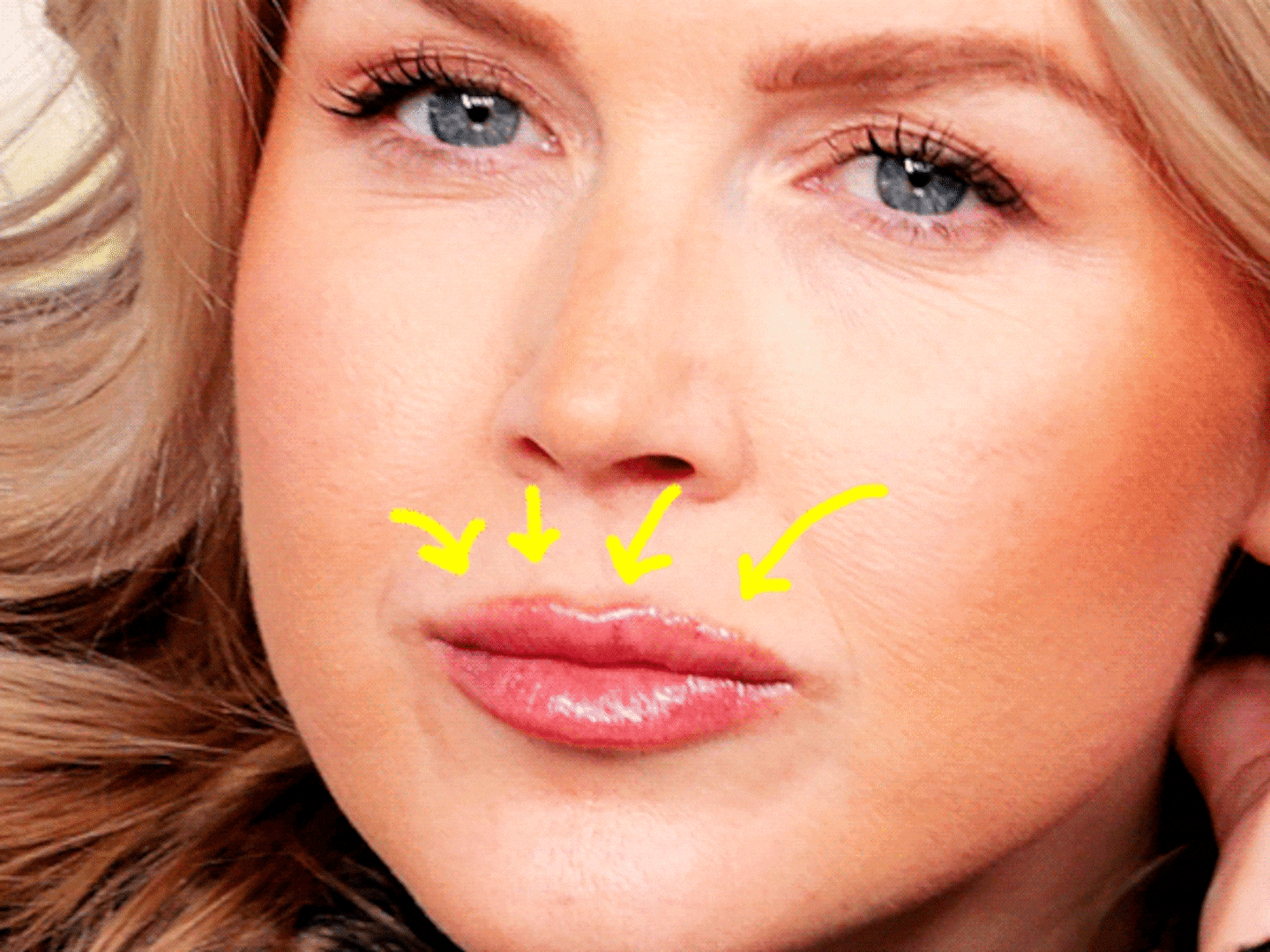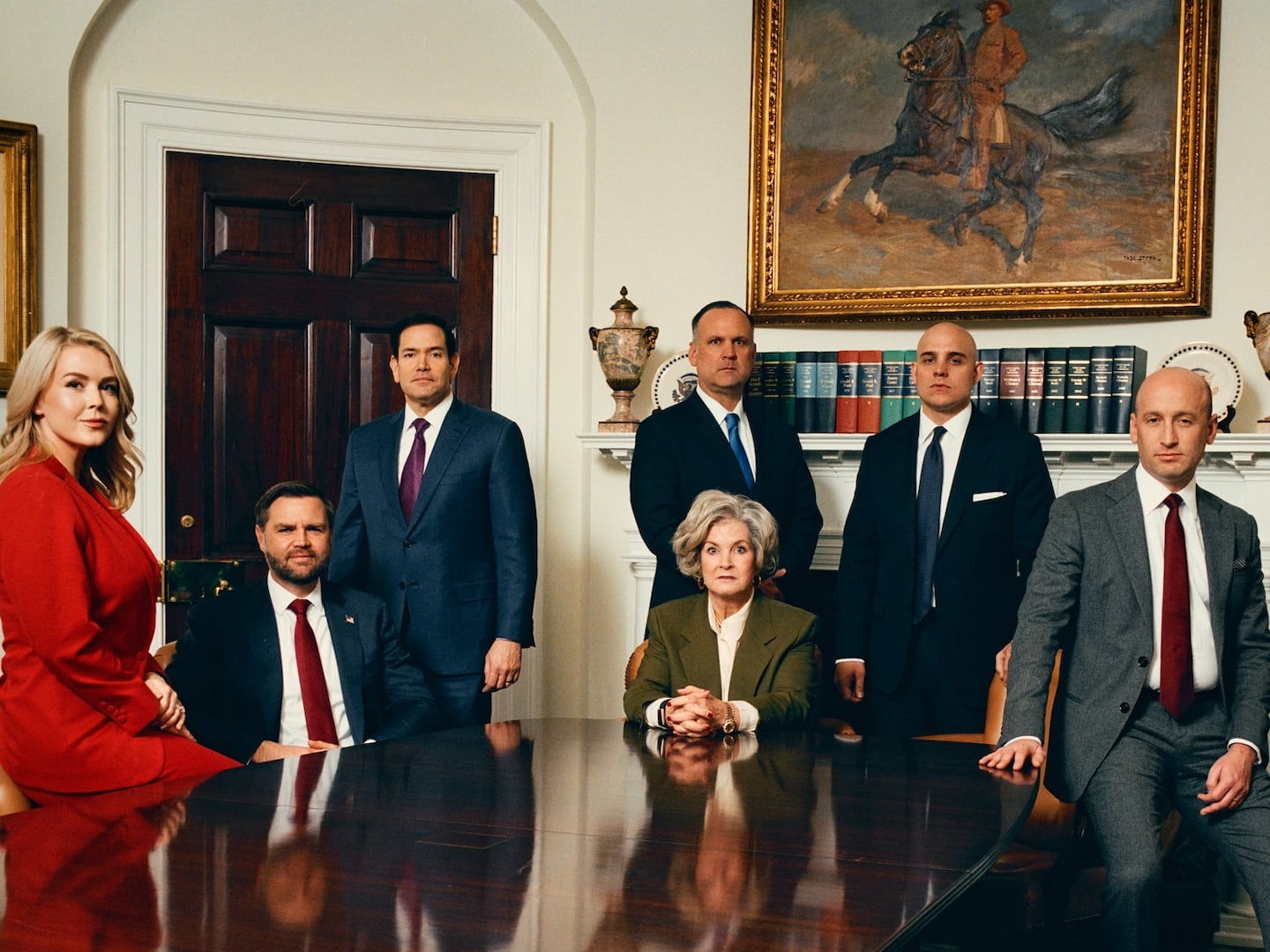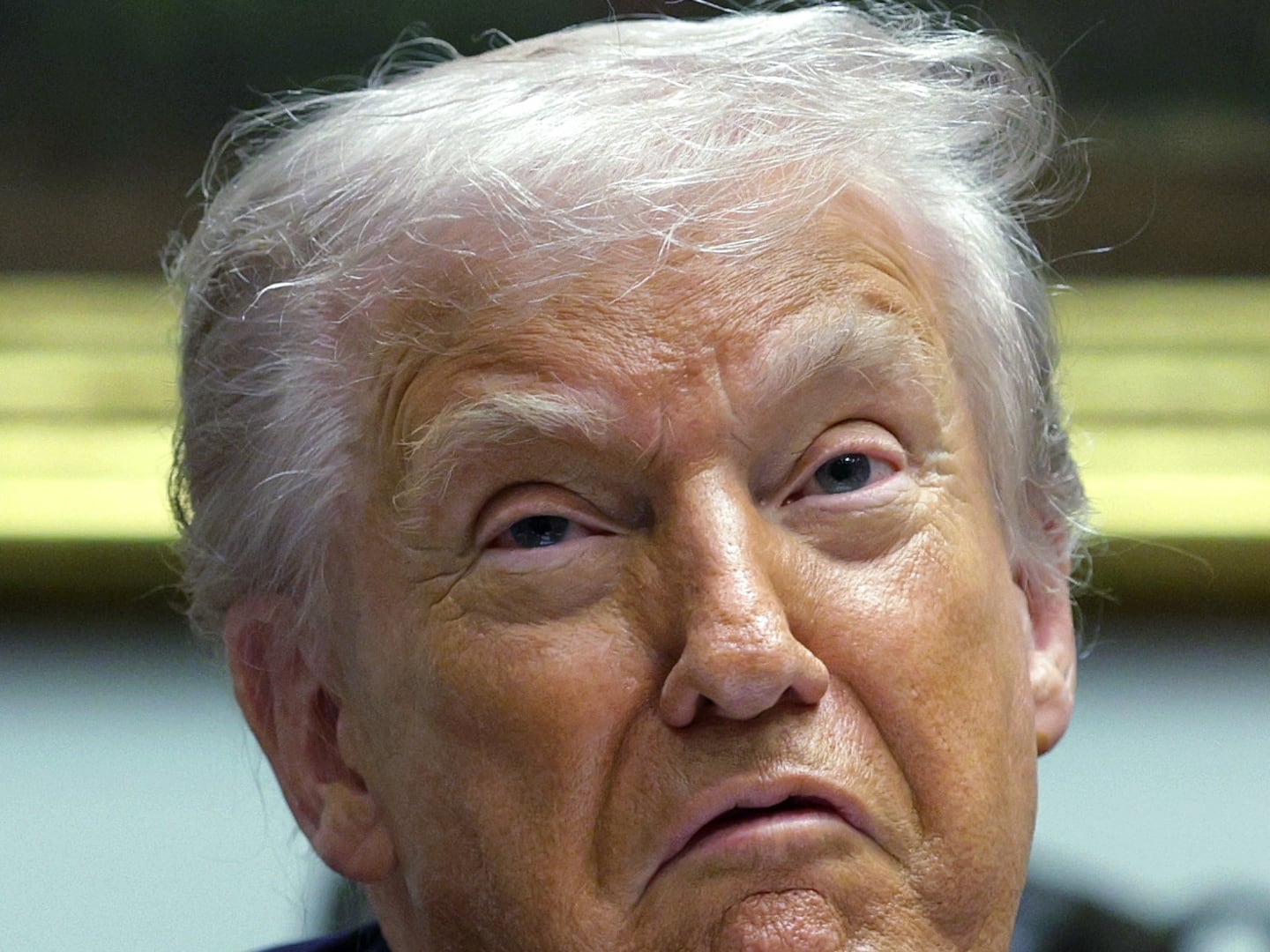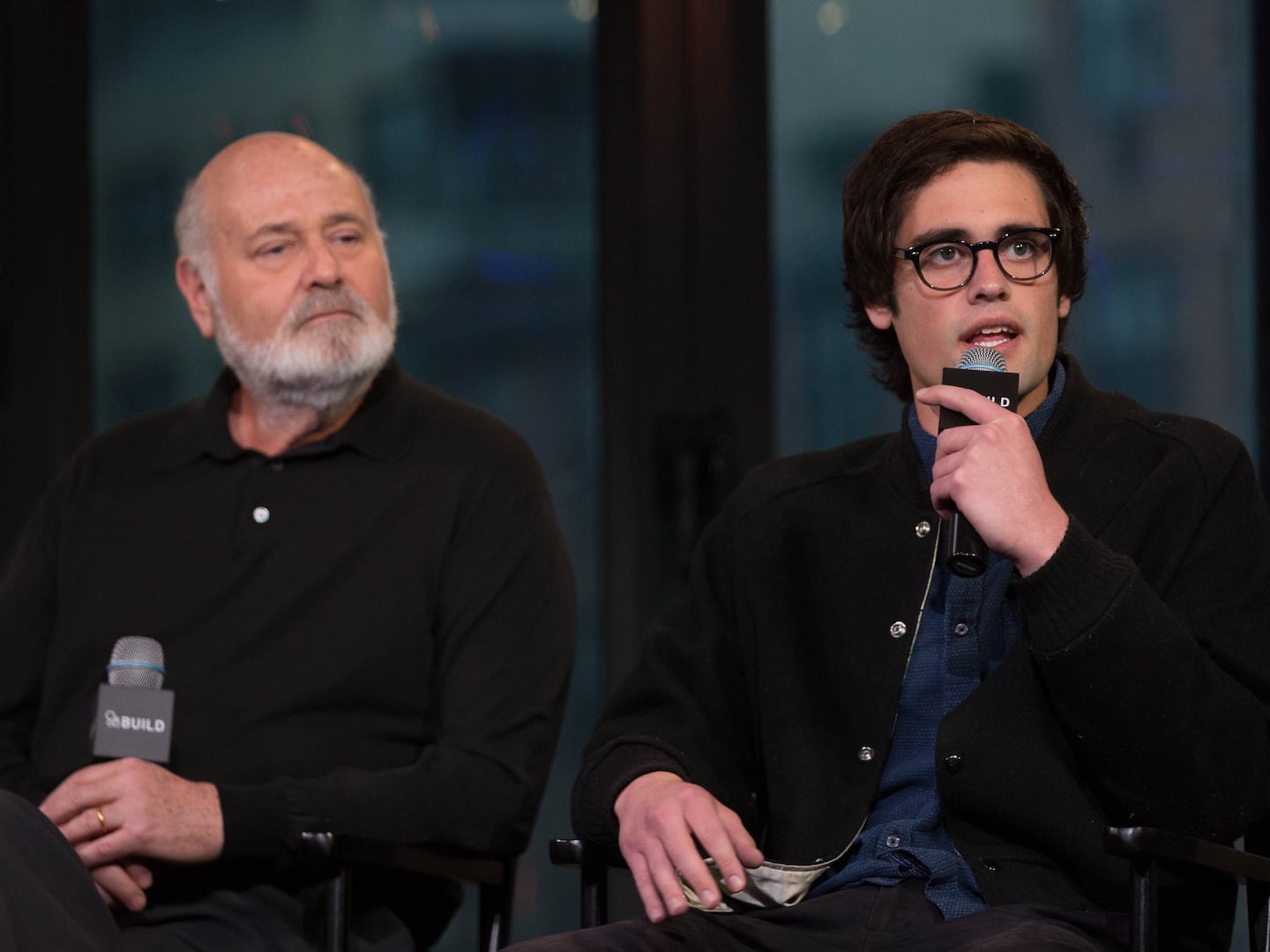
It’s hardly surprising that the death of the biggest pop sensation of his time set off a tidal wave of news coverage around the world, but Michael Jackson’s passing has also had the side effect of pushing the previous big story, Iran, into the background.
On Monday, Iranian officials announced they had completed a partial recount of a random sample of 10 percent of the ballots in the June election. The results? No irregularities of any kind.
In fact, in the news vacuum the Iranian government continued its efforts to suppress the protests: Recent developments include a standoff with the British government over its embassy employees, a clash between protesters and riot police, and a major ruling by Iranian officials on the election results.
Some national-security experts have warned that the media’s shift away from Iran could have serious consequences for the opposition movement there, as international news coverage could play a role in limiting violence against protesters.
Here’s a look at some of the major stories there that may have fallen through the cracks since Thursday.
1. Iran vs. the U.K.
For whatever reason, the U.K. has been the top scapegoat for Iranian hard-liners since the election, beating out even the Great Satan itself, the United States. But what was previously a war of words escalated on Sunday, when the Iranian government detained nine local workers at the British Embassy in Tehran, a move the British foreign secretary, David Miliband, derided as “harassment and intimidation” that would draw a “strong and collective response” from the European Union. Iran’s intelligence chief told Iranian reporters that Britain colluded with the arrested workers as part of a scheme to “escalate the riots.” Since the initial arrests, however, the Iranian government says it has released five of the nine detained workers.
2. The Results Are In
Doubling down on Ayatollah Ali Khamenei’s claims that the election was legitimate, Iran’s Guardian Council, the country’s top legislative body, announced Friday that there was no chance of another vote being held, the protesters’ central demand. Just to rub it in, the officials added that the election was in fact the “healthiest” since the 1979 revolution. On Monday, Iranian officials announced they had completed a partial recount of a random sample of 10 percent of the ballots in the June election. The results? No irregularities of any kind. While the United States has avoided accusing the Iranian government of stealing the election outright, Secretary of State Hillary Clinton made it clear that the recount effort wasn’t fooling anybody, either. “They have a huge credibility gap with their own people as to the election process,” Clinton told reporters in Washington. “And I don’t think that’s going to disappear by any finding of a limited review of a relatively small number of ballots.”
3. New Protests, New Violence
A crackdown by the Iranian government on election demonstrations has reduced the amount of public opposition, but protesters are still defying the regime by taking to the streets. On Sunday, witness reports indicated that up to 3,000 protesters gathered near Tehran’s Ghoba Mosque, where they clashed with riot police who lobbed tear gas and beat demonstrators with clubs. Some protesters even accused police of attacking an elderly woman. The incident was the first major protest since Wednesday, when police quickly put down small groups of demonstrators near parliament. In another disturbing development that could prove a sign of things to come, a top Iranian cleric called for protesters who defy the government’s warnings to be executed.
4. The Power of Neda
Neda Agha-Soltan, the young Iranian woman who was killed during an election protest, quickly became a symbol around the world of the country’s opposition movement after video of her death surfaced online. Now the Iranian government is hoping to undermine the impact of her video by aggressively challenging the accuracy of accounts of her death. On Monday, Mahmoud Ahmadinejad told the head of Iran’s judiciary to make a public investigation into Agha-Soltan’s “suspicious” death. In a letter, he wrote: “The massive propaganda of the foreign media, as well as other evidence, proves the interference of the enemies of the Iranian nation who want to take political advantage and darken the pure face of the Islamic republic.” Ahmadinejad’s letter came one day after a state news agency ran a report claiming that a witness to the woman’s death saw no government forces or Basij militia fighters in the area when she was shot. On the same day, the doctor who treated Agha-Soltan’s wounds told the BBC that the militiaman who he said shot the woman immediately expressed regret, shouting “I didn’t want to kill her!”
5. Is Khamenei in Trouble?
With street protests reduced to much smaller numbers than just after the election thanks to a government crackdown, the opposition may have more luck working the levers of power from the inside. According to The Guardian, reports out of Iran suggest that former President Hashemi Rafsanjani is lobbying members of the Assembly of Experts, an 86-person legislative body that has the power to remove the supreme leader, to try to replace Ayatollah Ali Khamenei with a committee of religious leaders that would include him but shift the balance of power away from his hard-line politics. Another potential problem for the ruling regime is the speaker of the parliament, Ali Larijani, who wants to create a committee that would investigate the use of violence against protesters, something that Ahmadinejad’s supporters are afraid could be used to undermine the government.
Benjamin Sarlin is a reporter for The Daily Beast. He previously covered New York City politics for The New York Sun and has worked for talkingpointsmemo.com.






